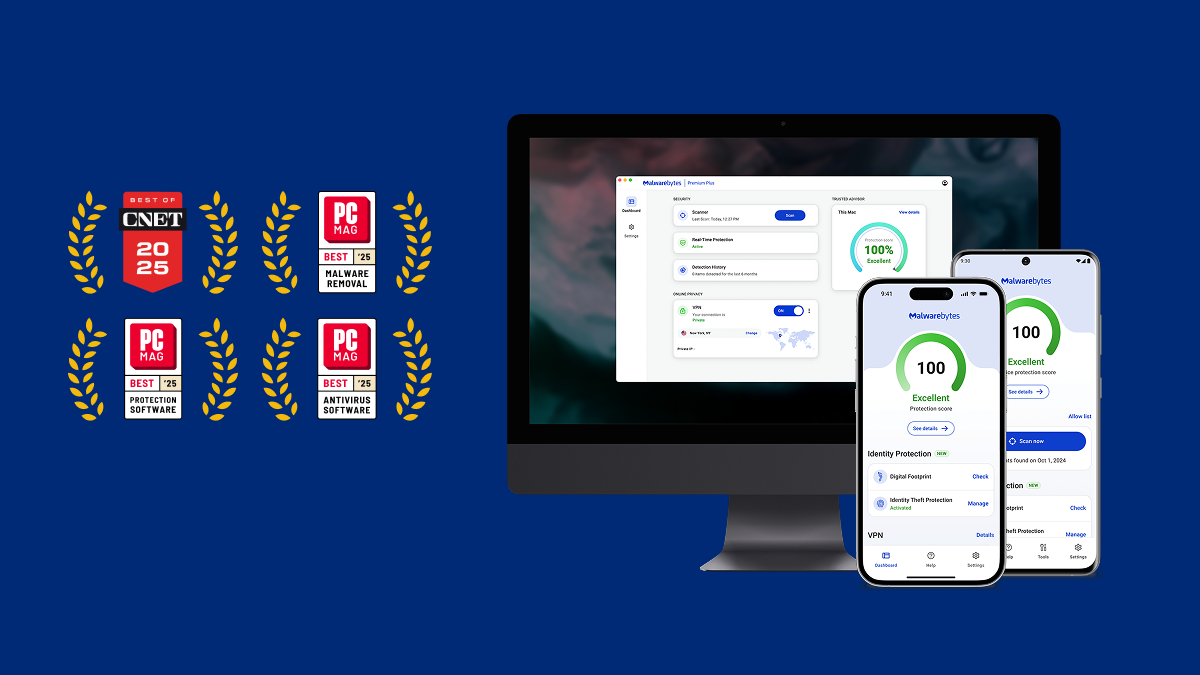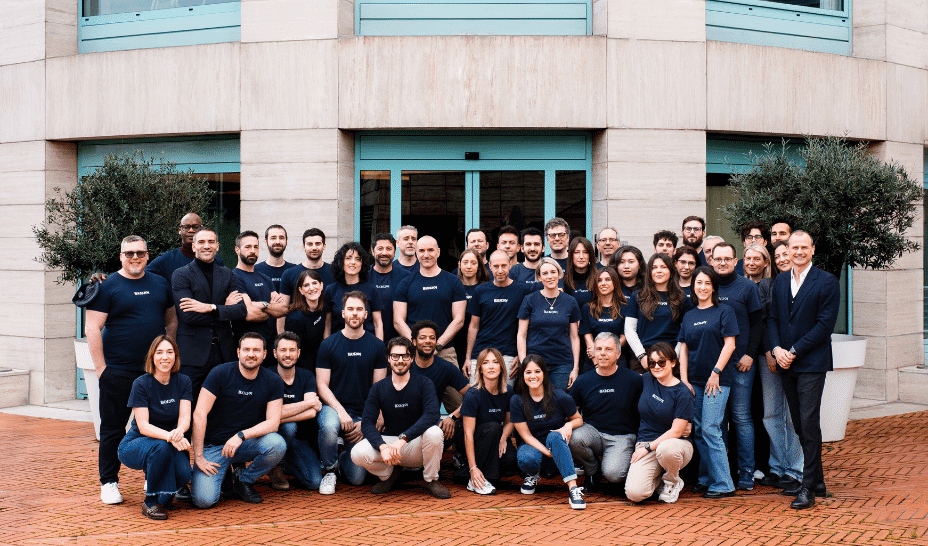Code is Written, Not Born: Overcoming the Idea of a "Perfect Project Start"
Every programmer, regardless of skill level, has faced this situation at least once. You sit down to start a new project, brimming with plans and ideas, full of excitement about creating something perfect. Yet... an hour passes, then two, and all you have on the screen are a few folders, a couple of placeholders, and a README.md file. Soon enough, you’re returning to the documentation, searching for the "correct" project structure or sneaking peeks at how others did it. The same often happens when working in a team: meetings wind up turning into endless discussions about architecture, abstractions, and frameworks. Ideas fly around like comets, everyone agrees everything "should be done the right way," but actual progress? It stagnates. Because the team—along with you—is subconsciously waiting for something: the perfect start. The syndrome of the perfect start isn’t just a myth; it’s a genuine roadblock to productive development. In this article, we’ll dive into why waiting for "perfection" means stalling, how this mindset stifles progress, and what you can do about it. Why Do We Wait for the Perfect Start? Let’s be honest. The engineering mindset instills in most programmers a desire for "purity" and "eternity." It feels critical that a project is built on a solid foundation that can be scaled and maintained for years. But this relentless pursuit of "flawlessness" often turns into a toxic habit of postponing meaningful action until "the perfect solution" has been found. The problem is that perfection is usually unattainable. Here’s why: The world changes faster than we write code. By the time you finish analyzing that new framework or pattern, its next version may have already been released, your environment will shift, and the project requirements might evolve—say, from a web app to mobile. We can’t foresee everything. At the start of a project, it seems like you need to make a hundred decisions right away: Will it be microservices? Will you use a monorepo? What should the layers of abstraction look like? But this mostly leads to analysis paralysis. While you're deep in thought, actual work slows down. We fear "tainting" the codebase. That relentless commitment to clean code can hold us back. The idea that the code must be clear, tested, and elegant from the very first line often prevents us from writing anything that looks "less-than-perfect." Why Is It Crucial to Stop Waiting for the Perfect Start? In programming, as in life, the most important thing is movement. Making small, fast, incremental changes is far more effective than spending days crafting a theoretically perfect structure or ideologically flawless architecture. Here are a few reasons why: Decisions always evolve as the project grows. During the planning phase, you won’t even be aware of the real challenges yet. The project defines the architecture—not the other way around. A working prototype beats abstract concepts. In most cases, building something functional, even if it’s far from perfect, is already half the battle. Real code doesn’t just push you forward—it provides feedback. The process itself is where experience lies. Even if the initial code is "messy," you’ve started something. Refactoring (yes, everyone loves that word) is every developer's old friend. It’s beneficial for business. Remember, money isn’t made from "perfect code." For the client, the product, or the end user, functionality is what matters. Code can always be improved later—time cannot. A Story About Chasing the "Perfect Start" Years ago, I witnessed firsthand the pitfalls of striving for a "perfect start." The task was to develop an internal-use application: a large dashboard for data analysis, interactive tables, graphs, and integrations with multiple APIs. The project seemed ambitious, but progress at the beginning was quick: we finalized the design system, discussed frameworks, and even built a basic structure within a few days. Then things spiraled out of control. The team, weary of maintaining "old" projects and deeply convinced that older projects were inherently bad because: they were legacy code, and business never allowed enough time for proper refactoring, rendering them messy, went all-in on trying to "do things right," modern, and perfect. It seemed as though every task required a top-tier solution. For example, all API interactions had to be strictly typed, fully universal, and outfitted with error handlers that adhered to top-tier best practices. We attempted to build a custom API interaction mechanism just in case those APIs ever changed, designed complex role models and intricate access logic, and... what was the result? After a month, we had absolutely nothing useful—just a mountain of abstractions, dozens of interfaces, and basic logging. It was like that old meme: We had 35 lines of code, 2 loops, 2 try/catch blocks for safety, 4 if/else conditions, and a whole bunch of indents and hack

Every programmer, regardless of skill level, has faced this situation at least once. You sit down to start a new project, brimming with plans and ideas, full of excitement about creating something perfect. Yet... an hour passes, then two, and all you have on the screen are a few folders, a couple of placeholders, and a README.md file. Soon enough, you’re returning to the documentation, searching for the "correct" project structure or sneaking peeks at how others did it.
The same often happens when working in a team: meetings wind up turning into endless discussions about architecture, abstractions, and frameworks. Ideas fly around like comets, everyone agrees everything "should be done the right way," but actual progress? It stagnates. Because the team—along with you—is subconsciously waiting for something: the perfect start.
The syndrome of the perfect start isn’t just a myth; it’s a genuine roadblock to productive development. In this article, we’ll dive into why waiting for "perfection" means stalling, how this mindset stifles progress, and what you can do about it.
Why Do We Wait for the Perfect Start?
Let’s be honest. The engineering mindset instills in most programmers a desire for "purity" and "eternity." It feels critical that a project is built on a solid foundation that can be scaled and maintained for years. But this relentless pursuit of "flawlessness" often turns into a toxic habit of postponing meaningful action until "the perfect solution" has been found.
The problem is that perfection is usually unattainable. Here’s why:
The world changes faster than we write code. By the time you finish analyzing that new framework or pattern, its next version may have already been released, your environment will shift, and the project requirements might evolve—say, from a web app to mobile.
We can’t foresee everything. At the start of a project, it seems like you need to make a hundred decisions right away: Will it be microservices? Will you use a monorepo? What should the layers of abstraction look like? But this mostly leads to analysis paralysis. While you're deep in thought, actual work slows down.
We fear "tainting" the codebase. That relentless commitment to clean code can hold us back. The idea that the code must be clear, tested, and elegant from the very first line often prevents us from writing anything that looks "less-than-perfect."
Why Is It Crucial to Stop Waiting for the Perfect Start?
In programming, as in life, the most important thing is movement. Making small, fast, incremental changes is far more effective than spending days crafting a theoretically perfect structure or ideologically flawless architecture.
Here are a few reasons why:
Decisions always evolve as the project grows. During the planning phase, you won’t even be aware of the real challenges yet. The project defines the architecture—not the other way around.
A working prototype beats abstract concepts. In most cases, building something functional, even if it’s far from perfect, is already half the battle. Real code doesn’t just push you forward—it provides feedback.
The process itself is where experience lies. Even if the initial code is "messy," you’ve started something. Refactoring (yes, everyone loves that word) is every developer's old friend.
It’s beneficial for business. Remember, money isn’t made from "perfect code." For the client, the product, or the end user, functionality is what matters. Code can always be improved later—time cannot.
A Story About Chasing the "Perfect Start"
Years ago, I witnessed firsthand the pitfalls of striving for a "perfect start." The task was to develop an internal-use application: a large dashboard for data analysis, interactive tables, graphs, and integrations with multiple APIs. The project seemed ambitious, but progress at the beginning was quick: we finalized the design system, discussed frameworks, and even built a basic structure within a few days.
Then things spiraled out of control. The team, weary of maintaining "old" projects and deeply convinced that older projects were inherently bad because:
- they were legacy code,
- and business never allowed enough time for proper refactoring, rendering them messy,
went all-in on trying to "do things right," modern, and perfect.
It seemed as though every task required a top-tier solution. For example, all API interactions had to be strictly typed, fully universal, and outfitted with error handlers that adhered to top-tier best practices. We attempted to build a custom API interaction mechanism just in case those APIs ever changed, designed complex role models and intricate access logic, and... what was the result?
After a month, we had absolutely nothing useful—just a mountain of abstractions, dozens of interfaces, and basic logging. It was like that old meme:
We had 35 lines of code, 2 loops, 2 try/catch blocks for safety,
4 if/else conditions, and a whole bunch of indents and hacks.
Not that this was anywhere near what was needed.
But once you start writing subpar code, it’s hard to stop.
The only thing we feared was recursion.
There is nothing more confusing than recursion.
I knew sooner or later we would resort to it.
In the end, everything had to be thrown out, and we essentially started over with a simpler approach. We focused on bare essentials: did we need a universal API module right away? No, just simple functions for each service. Did we need a universal data abstraction layer from day one? No. And so on. Per rectum ad astra, as they say in some distant Russian villages.
We quickly assembled a working prototype that was good enough to show the business. And you know what? Many features we initially wanted to implement simply weren’t needed. If we’d developed them from the start, they would’ve been a complete waste of time.
The Paradox of the Perfect Start
The most fascinating thing about the chase for a perfect start is that, in real life, it never comes. Here’s why:
Perfect architecture is born only through practice. As long as a project exists only in your head, you don’t fully understand it—there are only hypotheses, untested by reality. Real business requirements or user feedback will shatter your plans.
Frameworks and tools age faster than your development. It’s unrealistic to expect that this year’s choices will meaningfully help you a year down the line.
Everything becomes clearer after initial chaos. When a project gets off the ground with even a minimum working version, it’s much easier to see what needs to be improved.
How to Stop Waiting for a Perfect Start
Taking that first step is daunting. But developers love algorithms, so here are practical recommendations—no theory, only tried-and-true methods.
- Break tasks down—into absurd simplicity. When faced with an empty project and the overarching goal to "build something big," that scope can feel paralyzing. The solution is to break tasks down into bite-sized steps until they become glaringly obvious.
Example:
Instead of "Set up API architecture," start with "Create a basic Express server that outputs Hello World." Sure, it seems too simple—but within an hour, you’ll have something to build upon.
-
Don’t make too many decisions at once.
If you’re starting a new project, don’t insist that it must "immediately" have:- a precise directory structure,
- the "perfect" Redux/Signals/Vuex store,
- a custom CI/CD pipeline,
- or 100% test coverage. Leave these goals for later and focus on minimal, working versions.
Let early stages be messy.
Turn your project development into a sequence of iterations. In reality, there is no such thing as perfect code at the starting point because the project itself exists in a state of uncertainty.
Stop viewing "messy" code or temporary solutions as problems. What’s important is to keep the following chain in mind at all times:
- Write working code.
- Improve something in the existing codebase.
- Repeat.
Refactoring is not scary if you do it regularly.
4. Set Action-Oriented Goals Instead of Result-Oriented Ones
Instead of telling yourself, "Today I will build a modular backend structure," say, "Today I will create authentication functionality with minimal coupling." This approach helps you focus on the process and feel less discouraged if the results don’t yet seem "grand."
5. Learn to Let Go
Let go of the illusion that the first solution is always final. It isn’t. Code is meant to be written, not carved in stone. If you choose a strategy and later find it ineffective, there’s nothing stopping you from changing it.
Don’t fear leaving something unfinished. What matters is your ability to keep moving forward. In this industry, those who survive are not the ones striving to build something perfect on the first try, but those who release functioning projects and are willing to improve them with each update.
Refactoring Doesn’t Wait for a Special Moment
Here’s an important point to highlight—the significance of continuous refactoring. Oftentimes, we mentally separate development from refactoring. We think there’s the stage when "we’re quickly writing code for the MVP," and then the stage where "we go back to clean everything up." However, this approach is fundamentally flawed: the business won’t allocate money for a "refactoring stage" unless the project is already collapsing under its own weight.
Personally, I no longer think of these as separate activities. Refactoring isn’t a distinct phase of the project; it’s an ongoing part of the development process. It’s something you do every day, with every commit, to leave the code just a little better than it was yesterday.
Years ago, I worked on a project that was a textbook example of poor development at the start. The codebase was chaotic: tons of "hotfixes," duplication, no tests, and a complete mess in directory structure. The term "architecture" simply didn’t apply—the logic was scattered throughout the project. While the product met basic functionality needs, working with it was so complex that adding any new feature became a nightmare, even for experienced developers.
The project was already generating some income, but adding features or fixing bugs took 2-3 times longer than the initial estimates. The company faced a choice: either rewrite the project completely (which might take up to a year) or gradually improve it without interrupting business operations.
The first step was agreeing on a practical approach: "each commit should leave the code slightly better than it was." This didn’t mean rewriting everything all at once. Instead, the plan included the following steps:
- When adding new functionality, refactor the surrounding code. For example, if a method was added to an outdated class, the class would be tidied up, and the method itself implemented according to best practices.
- Gradually introduce testing. Every new or updated piece of code was covered with tests to reduce the risk of breaking something.
- Create small "on-the-fly" tasks. For instance, if we encountered a complicated, unreadable method, we rarely rewrote it immediately but would create a ticket like "Optimize X."
- Standardize code style. Even things like consistent import order and formatting became important to us.
After a year of gradual improvement, the project passed an external audit when the company attracted a major client. The auditor noted that although remnants of poorly written legacy code still existed, the current structure and maintainability already met professional standards.
Most importantly, the business saw the difference—adding new features took less time and cost the company significantly less. As a result, the product grew to a point where it became a noticeable source of profit.
This experience taught me and the team that gradual improvement is a working strategy. There’s no need to rewrite a project from scratch, as long as there’s discipline and a desire to improve it step by step. The key is consistency and a commitment to bring order.
The Perfect Start: Nobody Remembers It, But Everyone Sees the Result
When a project is finished—or at least up and running—nobody cares about the chaos of the beginning. Users will use it, clients will sign the contracts, and your team lead may or may not give you a pat on the back—but the project lives, and that's what matters.
Let’s take a look at how many successful products were built. Facebook started as a local university network. Amazon began as an online bookstore. And the first code for Python, according to its creator Guido van Rossum, looked far from better than your average student project.
If some of the world’s most successful companies began with functionality that "just worked," then why do we believe that our code has to be perfect from the very first attempt?
Conclusion
The perfect start doesn’t exist. Period.
Code is written; it isn’t born. Code lives through constant iterations. There’s no need to aim for the perfect structure in the first few days of development—it’s an illusion. A developer’s job is not to create a masterpiece at the start but to move forward, improving upon what’s already been built, a little at a time.
Beautiful code is a myth. Good code is the kind that works. Choose the latter.
P.S. Some Recommended Reading
- "Continuous Delivery" by Jez Humble and David Farley – This one’s older, but its core concepts are timeless.
- "Refactoring" by Martin Fowler – In case someone still hasn’t read it, it’s a must.
- "Release It!" by Michael Nygard – Insights into real-world struggles and the challenges waiting for us in actual projects.


























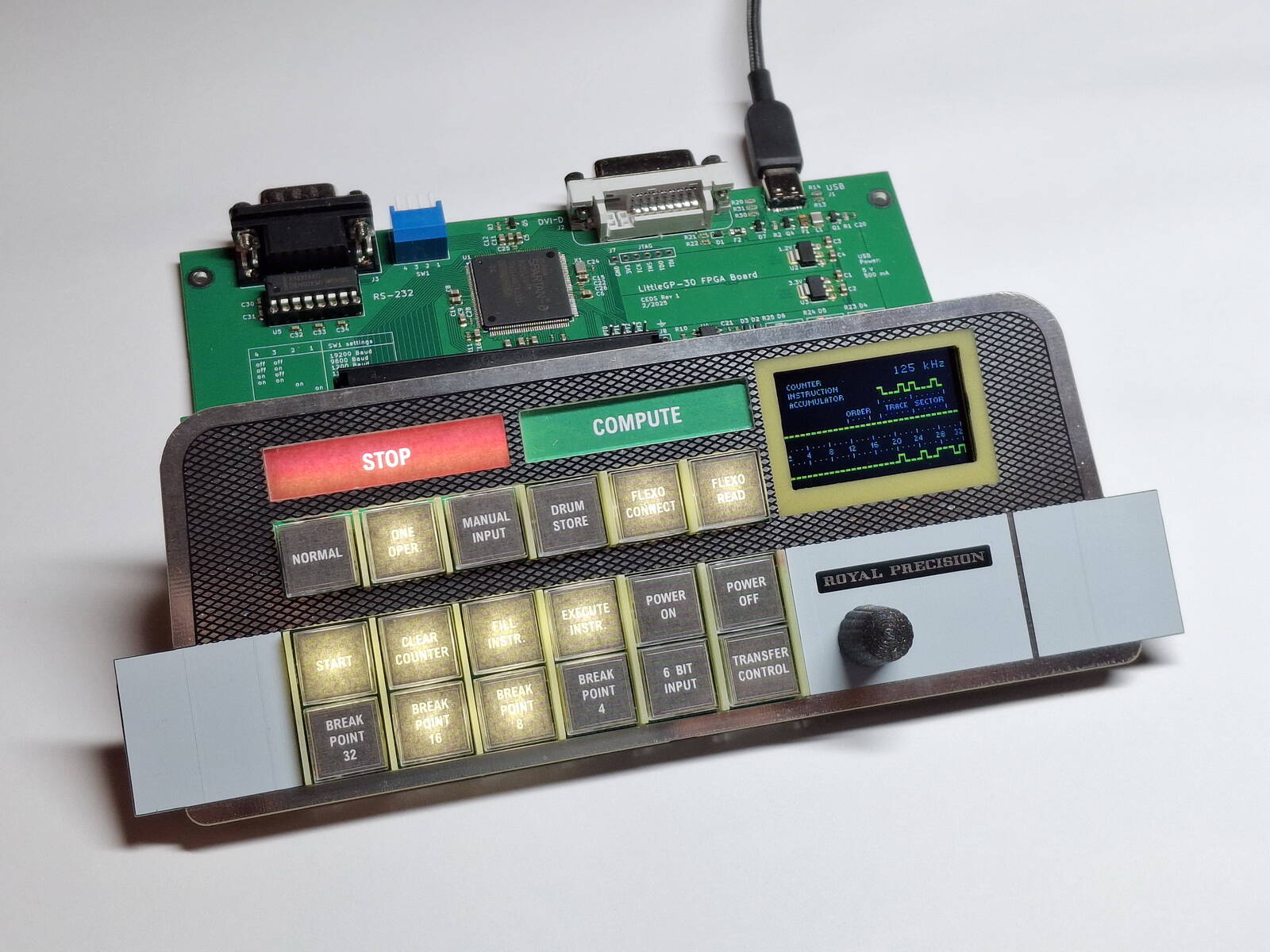
































































































































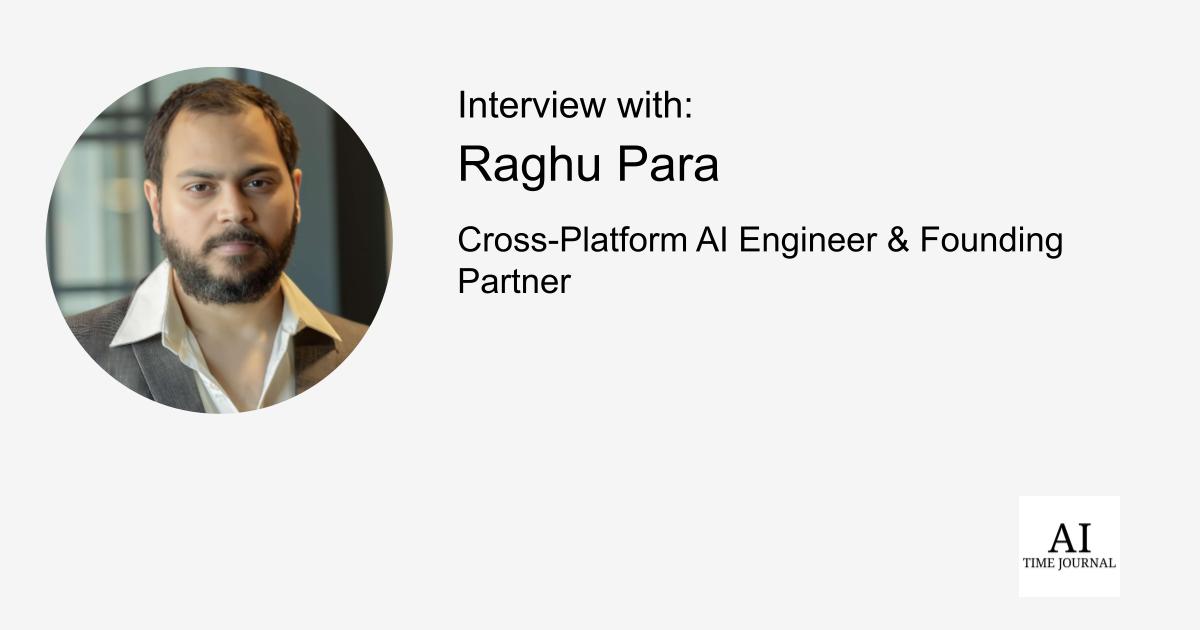















![[The AI Show Episode 143]: ChatGPT Revenue Surge, New AGI Timelines, Amazon’s AI Agent, Claude for Education, Model Context Protocol & LLMs Pass the Turing Test](https://www.marketingaiinstitute.com/hubfs/ep%20143%20cover.png)













































































































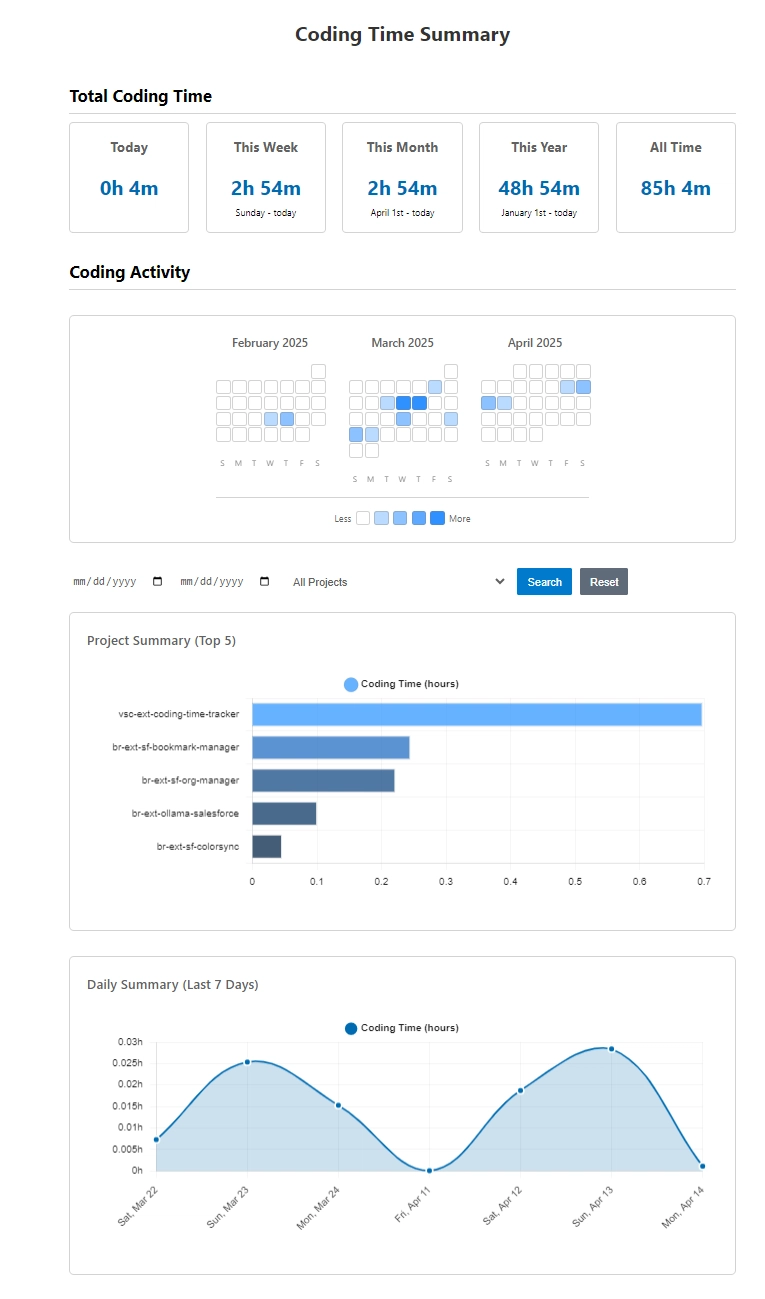
















![From Accountant to Data Engineer with Alyson La [Podcast #168]](https://cdn.hashnode.com/res/hashnode/image/upload/v1744420903260/fae4b593-d653-41eb-b70b-031591aa2f35.png?#)





















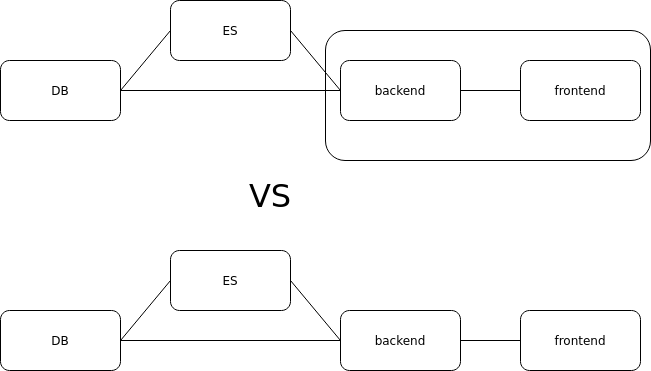















































































.png?#)



























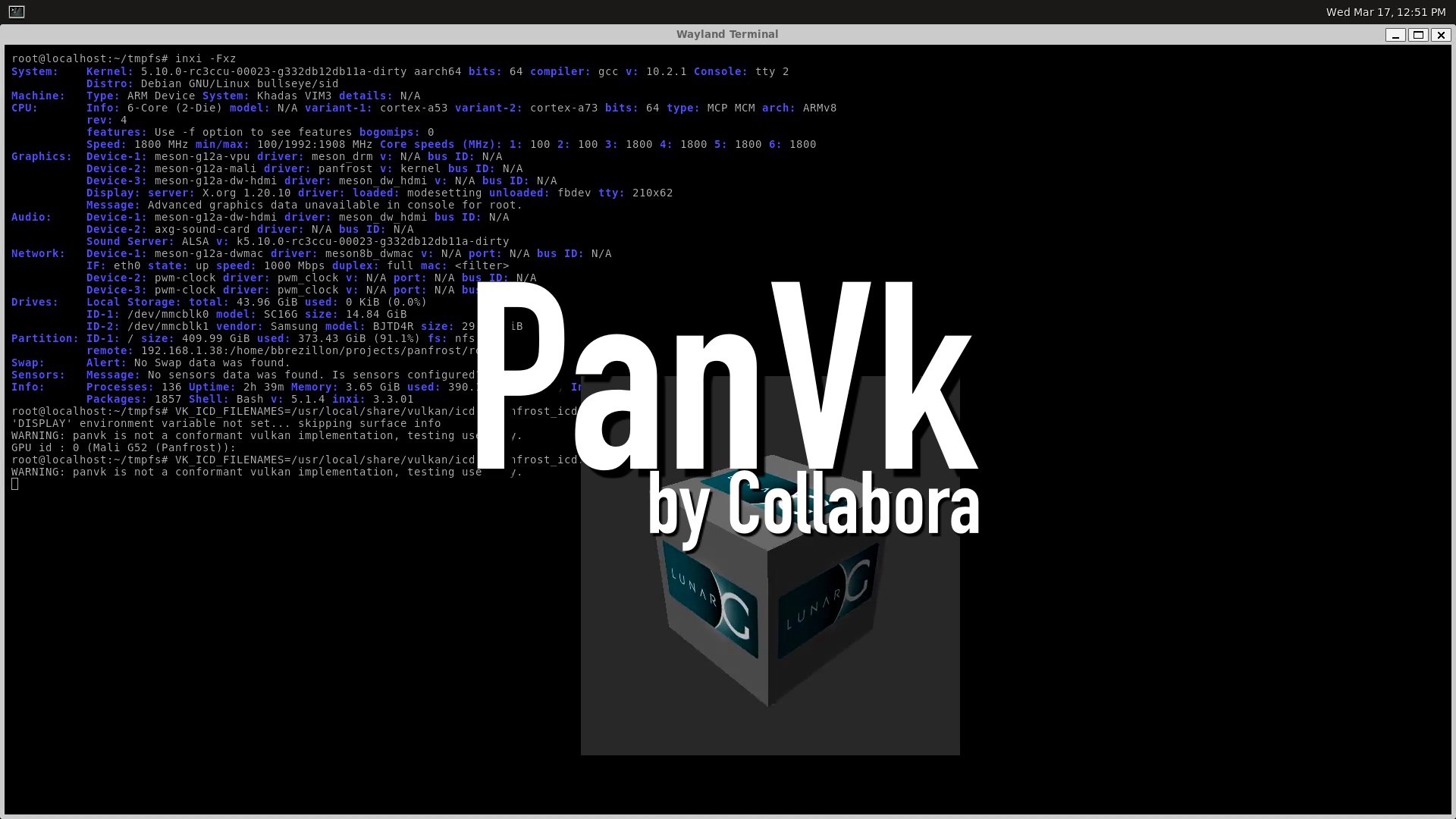









_John_Williams_RF_Alamy.jpg?width=1280&auto=webp&quality=80&disable=upscale#)

.webp?#)
.webp?#)









































































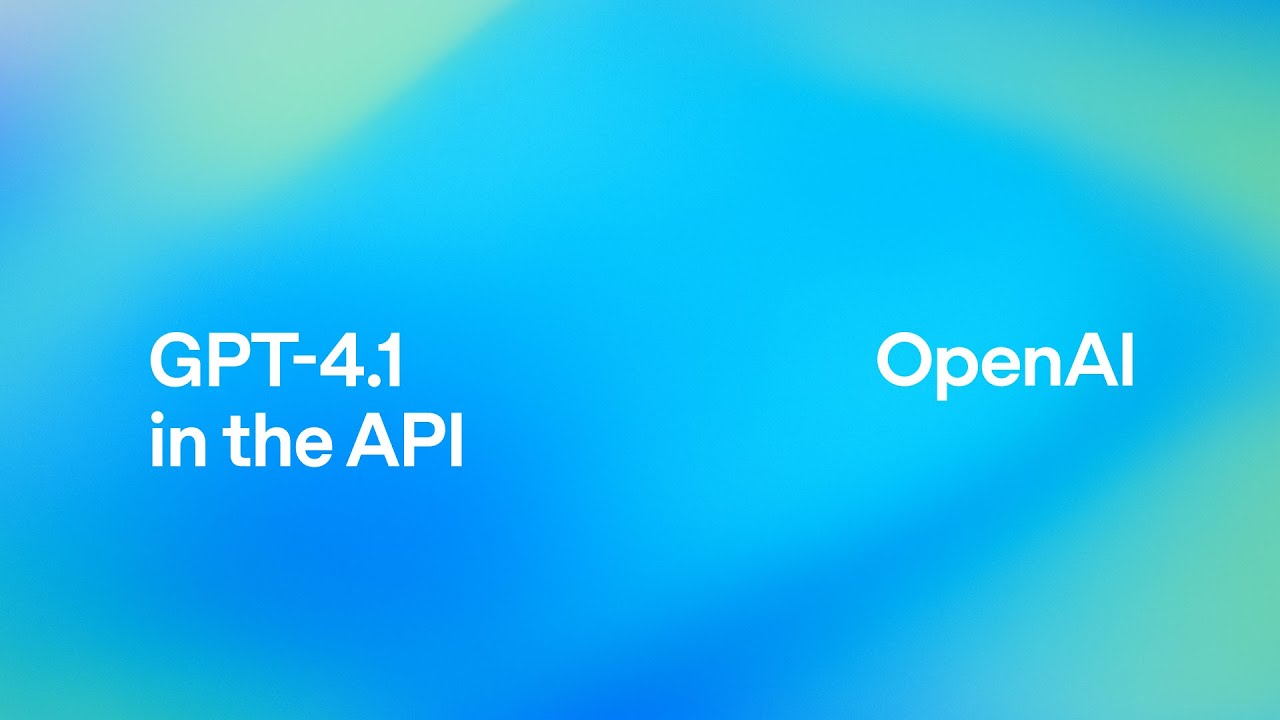

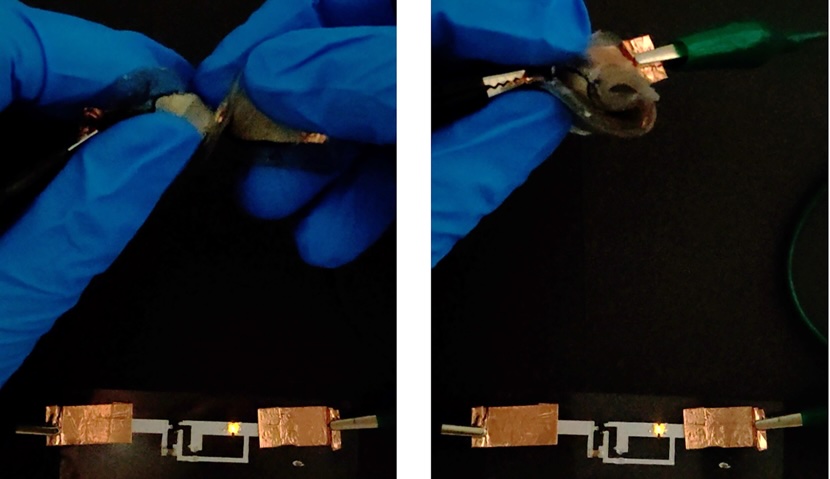

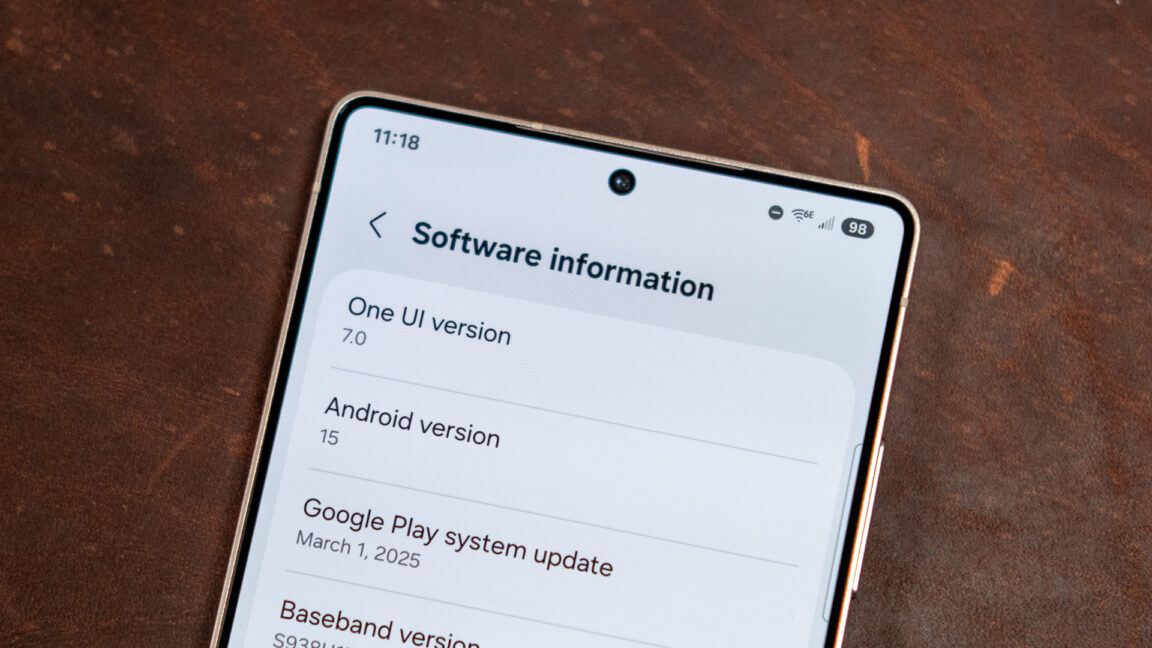


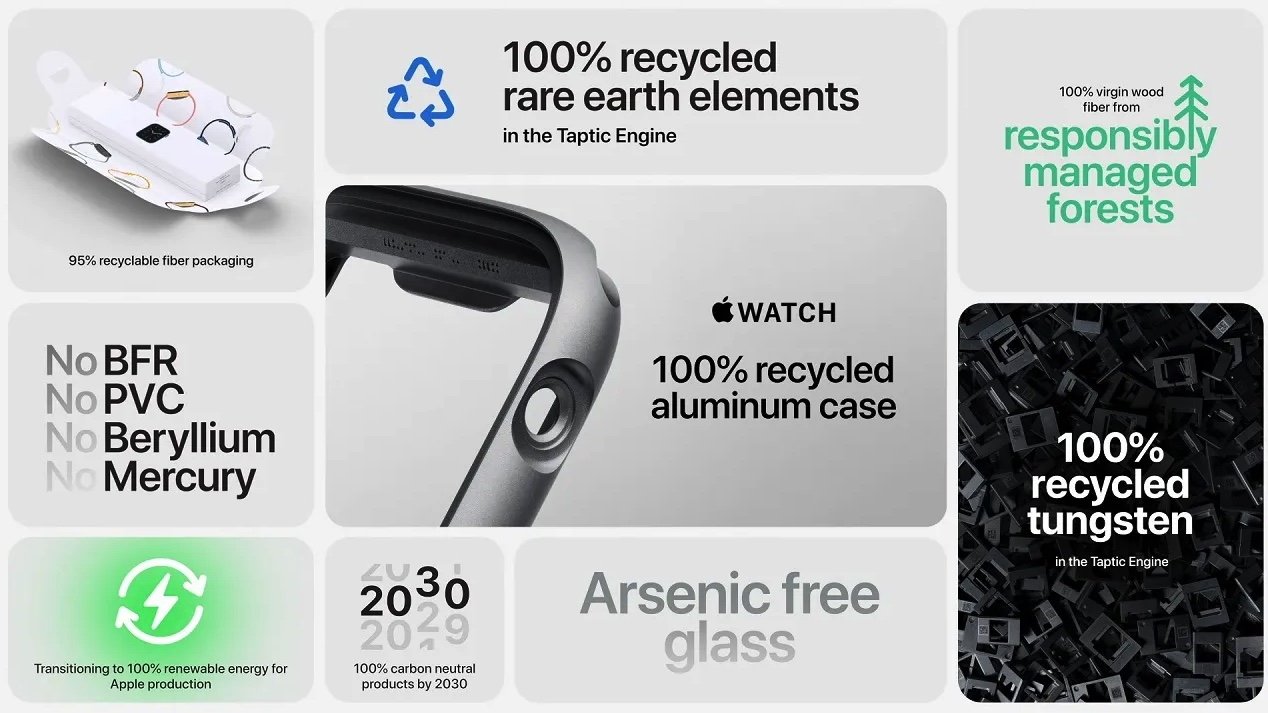
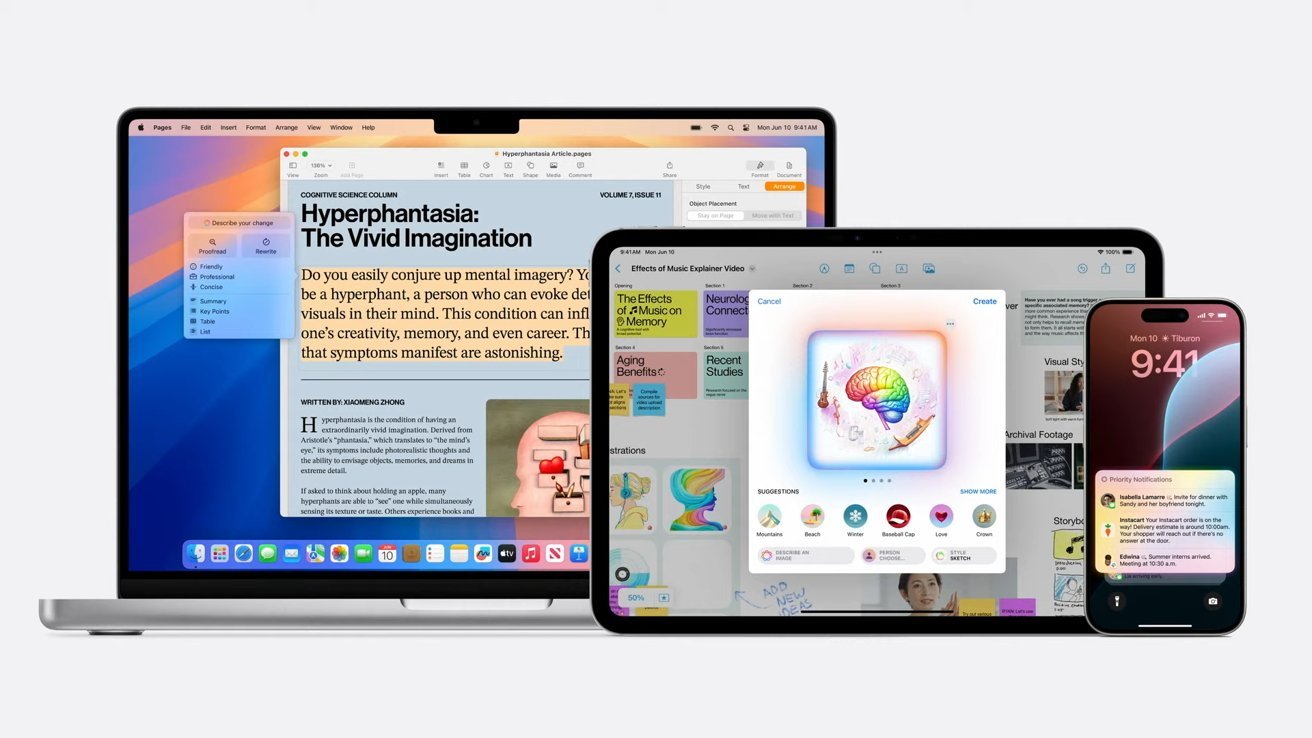













![OnePlus 13T leak shows new design that’s perfectly balanced, as all things should be [Gallery]](https://i0.wp.com/9to5google.com/wp-content/uploads/sites/4/2025/04/oneplus-13t-1.jpg?resize=1200%2C628&quality=82&strip=all&ssl=1)











![Apple Seeds tvOS 18.5 Beta 2 to Developers [Download]](https://www.iclarified.com/images/news/97011/97011/97011-640.jpg)
![Apple Releases macOS Sequoia 15.5 Beta 2 to Developers [Download]](https://www.iclarified.com/images/news/97014/97014/97014-640.jpg)

![Apple Releases iOS 18.5 Beta 2 and iPadOS 18.5 Beta 2 [Download]](https://www.iclarified.com/images/news/97007/97007/97007-640.jpg)

